The ancient stone walls of Gelati Monastery stand as silent witnesses to centuries of history in Georgia’s rugged Caucasus Mountains. Founded in 1106 by King David IV of Georgia, this UNESCO World Heritage site offers visitors a rare opportunity to step back in time while enjoying culinary traditions preserved through generations of monastic life and regional culture.
Beyond its religious significance and architectural splendor, Gelati has become an unexpected culinary destination where travelers can experience authentic Georgian cuisine in a setting unlike any other in the world. Here is a list of 19 remarkable dining experiences within this 12th-century monastery complex that bring together spiritual heritage and gastronomic tradition.
The Refectory Vault

The monastery’s restored medieval refectory provides the most authentic dining experience. Long wooden tables are set beneath stone arches that have witnessed communal meals for nearly a millennium.
Evening candlelit dinners here feature traditional Georgian fare prepared according to ancient recipes. Monks occasionally join guests to share stories of the monastery’s history between courses of regional specialties.
Courtyard Garden Terrace
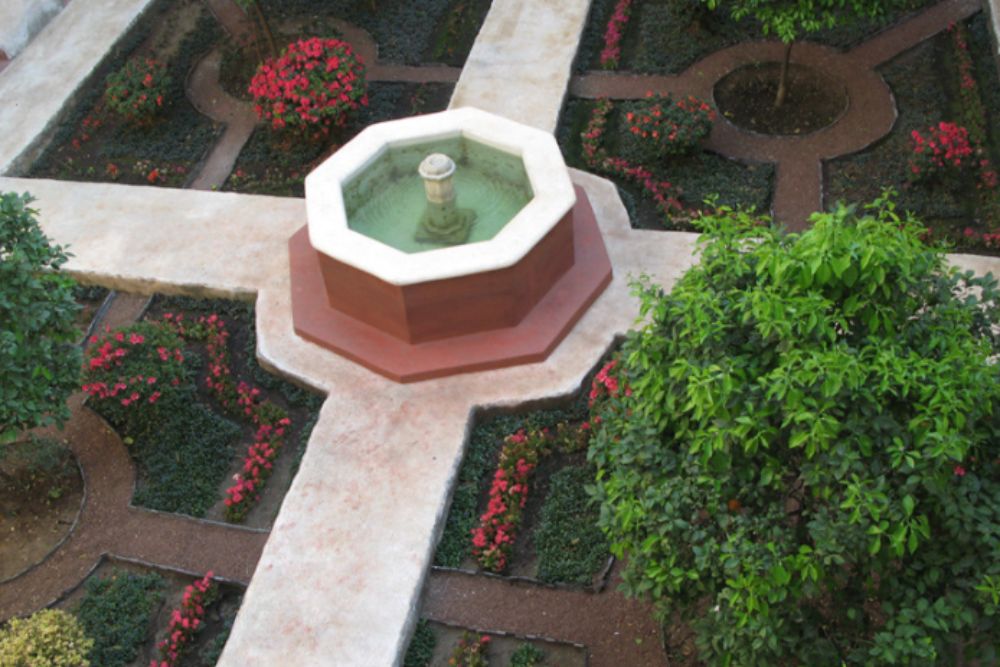
During warmer months, the monastery’s inner courtyard transforms into an open-air dining venue where tables nestle among carefully tended herb gardens used by the kitchen.
Flowering fruit trees provide dappled shade while diners enjoy lunch with views of the monastery’s main cathedral, creating a peaceful setting that combines natural beauty with architectural splendor dating back to Georgia’s golden age.
Like Travel Pug’s content? Follow us on MSN.
Bell Tower Café

An unexpected modern addition, this small café occupies the ground floor of the restored bell tower. It offers simpler fare like fresh bread, local cheeses, and traditional Georgian coffee prepared in small copper pots over hot sand.
Visitors appreciate the café’s thoughtful integration into the historic structure, with stone walls and ancient niches displaying artifacts found during restoration work.
The Vintner’s Cellar
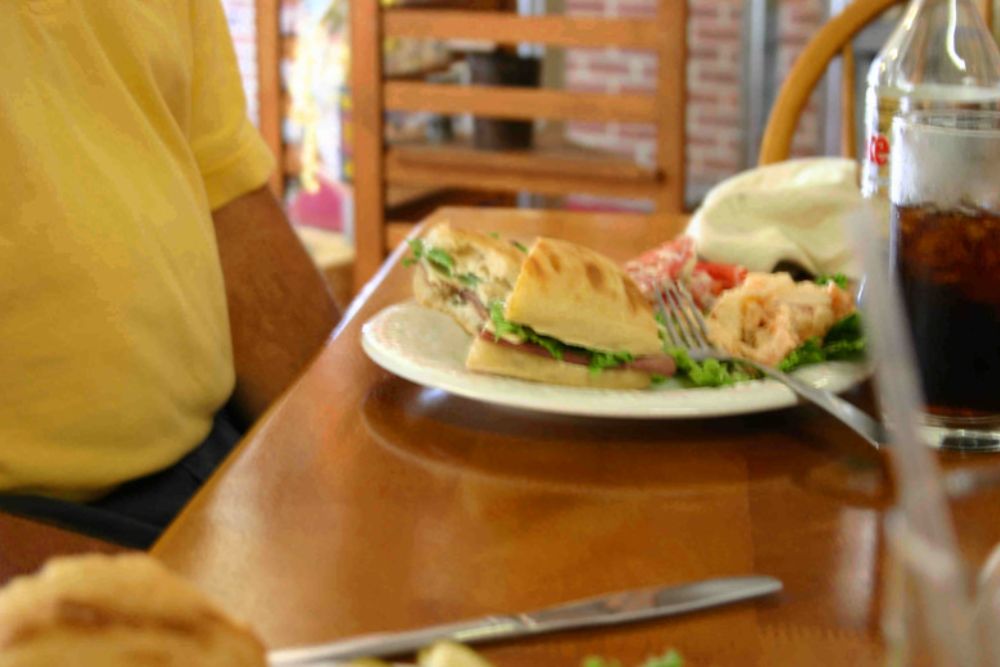
Deep beneath the monastery complex, the original wine cellar continues its centuries-old function as a marani (traditional Georgian wine cellar) where monastery-produced wines age in qvevri, large clay vessels buried in the earth according to 8,000-year-old Georgian winemaking traditions.
Guided tastings include rare monastery-exclusive wines alongside traditional Georgian dishes designed to complement specific vintages.
Hillside Picnic Grove
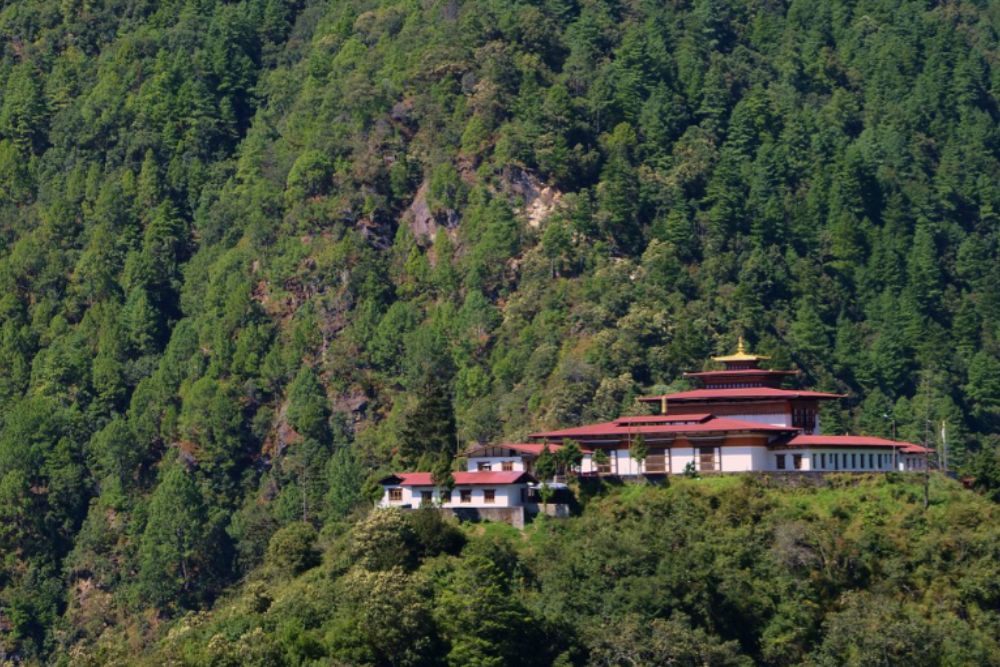
The monastery maintains a designated picnic area on its eastern hillside where visitors can enjoy pre-ordered baskets filled with local specialties while taking in panoramic views of the Tskaltsitela River valley.
Each basket contains house-made bread, regional cheeses, smoked meats, fresh fruits, and a bottle of monastery wine, creating a memorable dining experience amid nature.
Like Travel Pug’s content? Follow us on MSN.
Manuscript Library
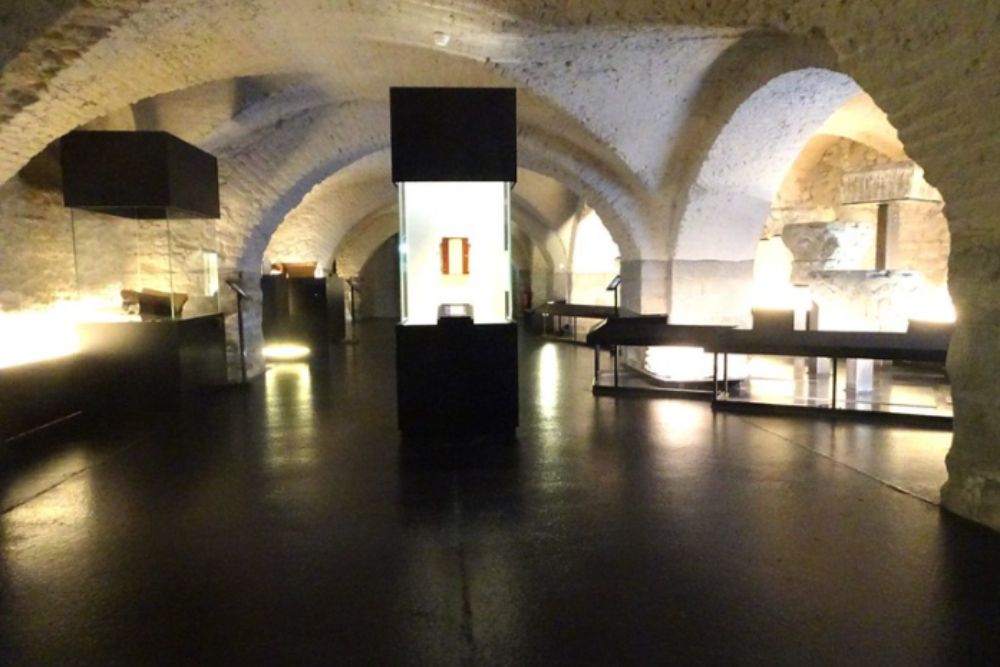
The monastery’s collection of ancient manuscripts provides the scholarly backdrop for an educational dining experience focused on the intersection of food and monastic scholarship.
Monthly themed dinners feature recipes discovered in medieval texts, prepared according to original instructions, and served alongside expert discussions of Georgian culinary history and the role of monasteries in preserving cultural knowledge.
The Abbot’s Quarters

Dining in the restored abbot’s quarters, reserved for special occasions and limited to groups of ten or fewer, offers the most exclusive experience within the monastery. The seven-course feast features dishes once served to visiting nobility, prepared using ingredients grown in monastery gardens and presented with artifacts that illustrate Georgia’s complex cultural history between East and West.
Like Travel Pug’s content? Follow us on MSN.
Limestone Terrace
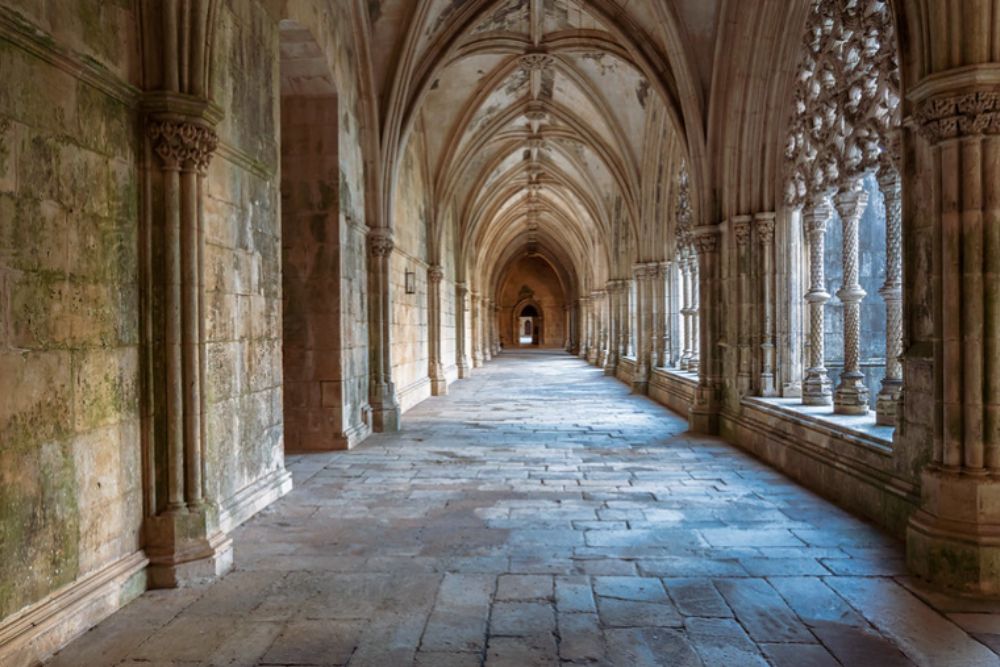
Carved into the monastery’s exterior defensive wall, this terraced dining area provides breathtaking views across the surrounding countryside while serving as a breakfast venue for overnight guests.
Morning meals feature traditional Georgian breakfast specialties, including khachapuri (cheese-filled bread), fresh yogurt with local honey, and seasonal fruits from monastery orchards.
Medicinal Garden Restaurant
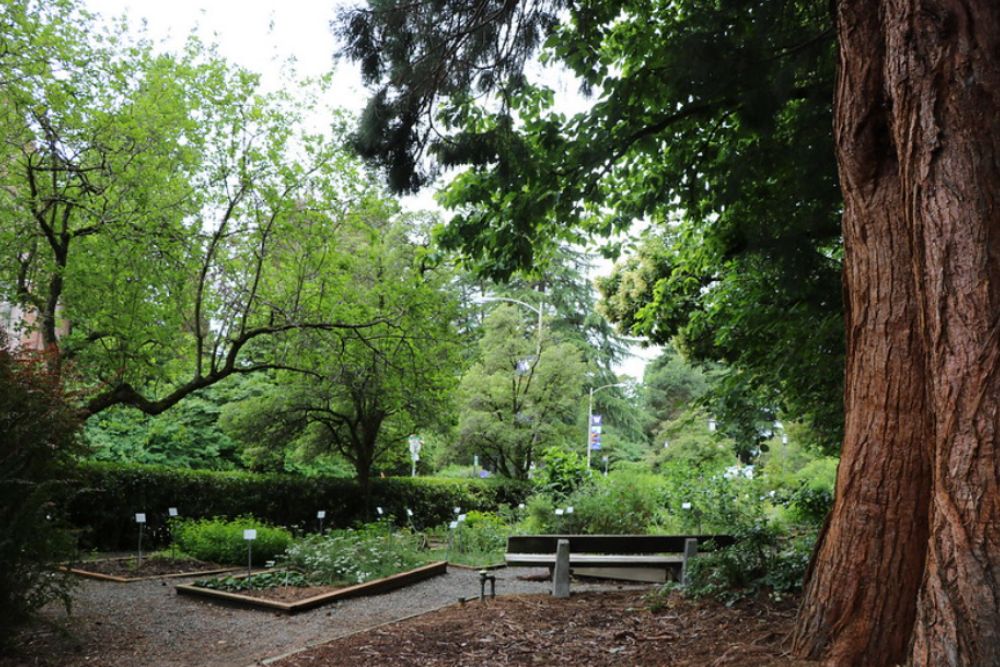
Adjacent to what was once the monastery’s pharmacy and healing center, this restaurant specializes in dishes incorporating traditional medicinal herbs and plants according to ancient Georgian wellness traditions.
Each item on the seasonal menu notes its historical health benefits, creating a dining experience that connects visitors to centuries-old holistic approaches to well-being through food.
The Stonemason’s Lodge
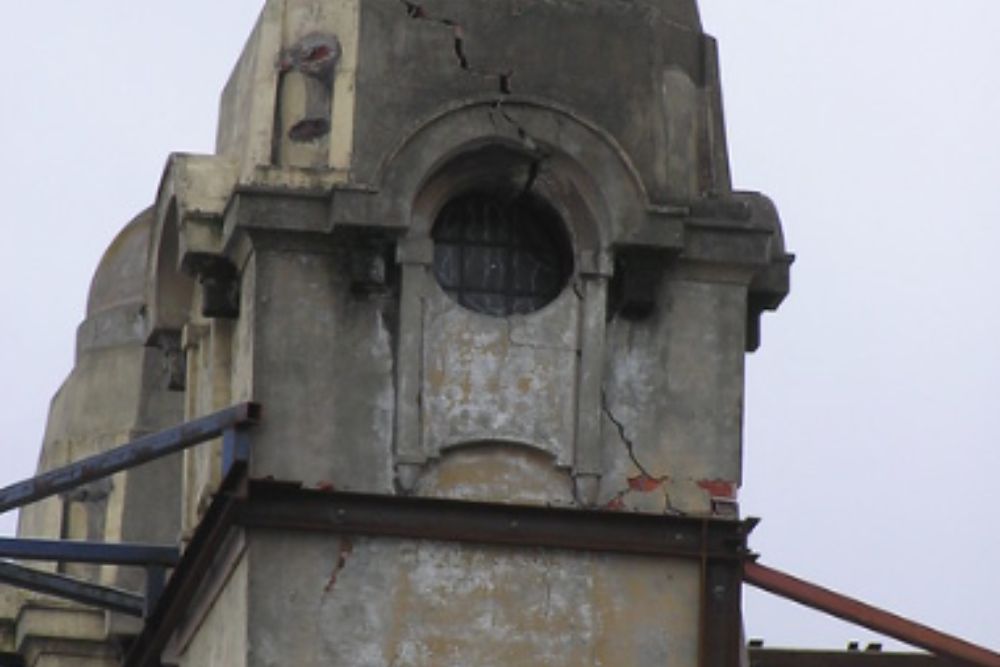
Originally housing the artisans who built the monastery, this restored building now serves rustic family-style meals that reflect what workers would have eaten during the monastery’s construction.
Hearty stews, freshly baked bread, and simple yet flavorful dishes highlight the culinary traditions of medieval Georgian laborers, offering visitors insight into everyday life during the monastery’s founding era.
Like Travel Pug’s content? Follow us on MSN.
Scriptorium Salon

The former manuscript copying room has been thoughtfully repurposed as an intimate dining space where guests enjoy dishes inspired by recipes mentioned in the monastery’s collection of medieval texts.
Each course arrives with a card explaining its historical context, while projected images of manuscript pages containing food references create an immersive educational experience connecting literature and cuisine.
Charitable Kitchen
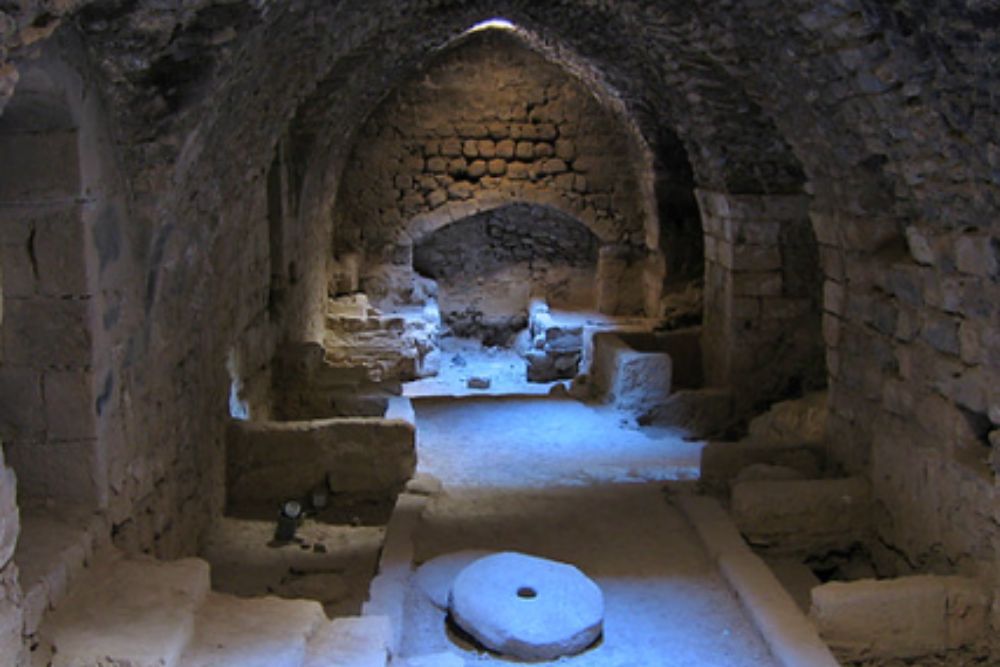
Continuing the monastic tradition of community service, this kitchen opens its doors to visitors each Sunday, serving traditional Georgian dishes to both tourists and local residents in need.
Travelers can volunteer alongside monks in food preparation before sitting down to communal meals that embody the monastery’s centuries-old commitment to hospitality and charity toward all visitors regardless of status.
Astronomical Observatory Deck
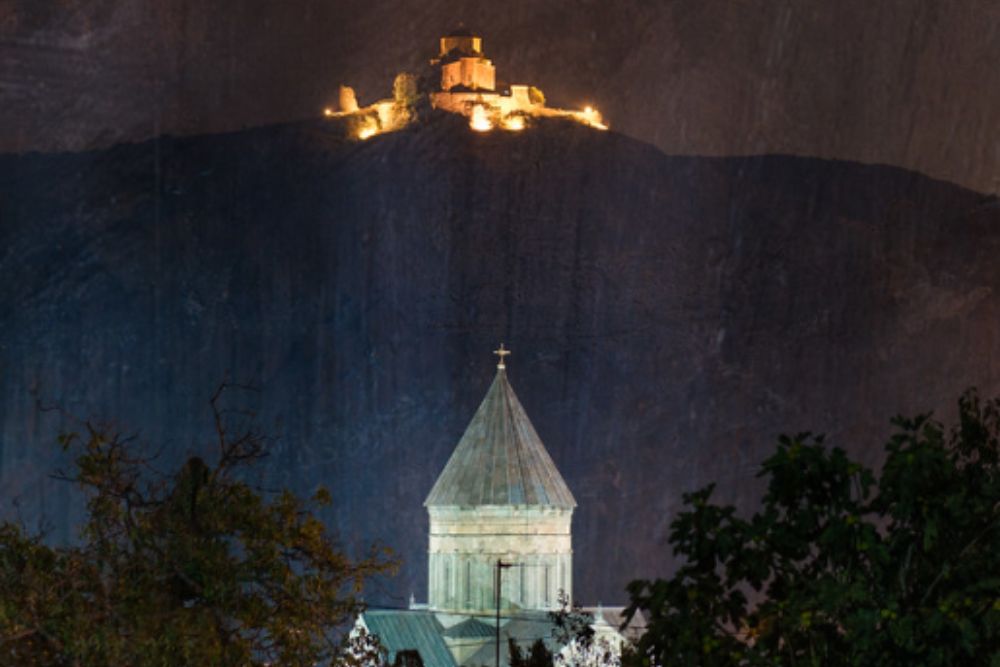
The monastery’s medieval astronomical observation point has been converted into a special-occasion dining venue where guests enjoy dinner under the stars. The multi-course experience includes dishes representing Georgia’s diverse regional cuisines, timed to coincide with astronomical events visible from this elevated vantage point, creating a union of culinary and celestial observation.
Like Travel Pug’s content? Follow us on MSN.
The Pilgrims’ Rest
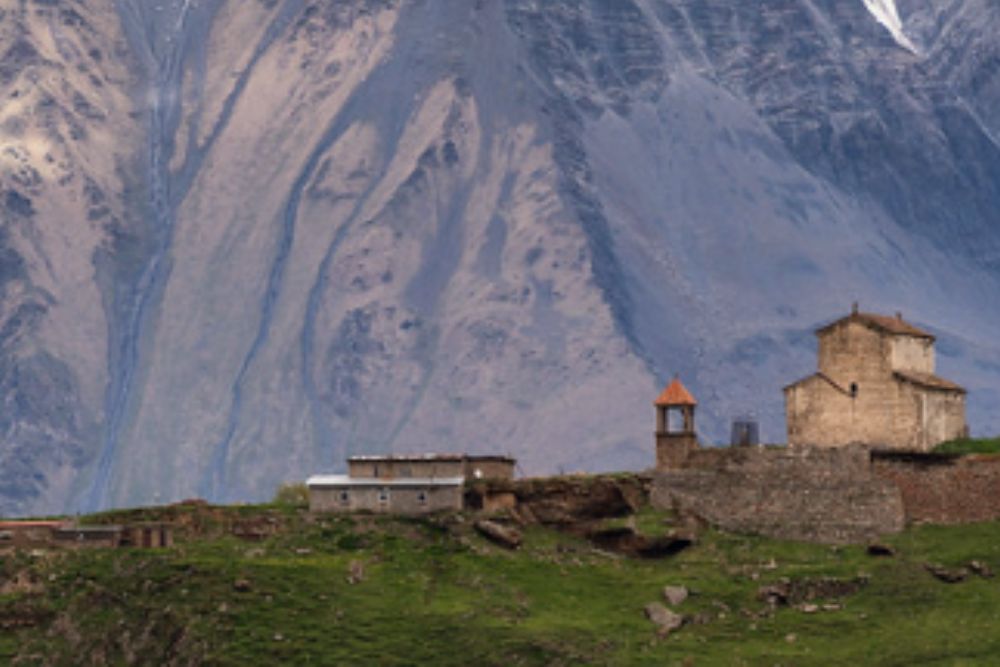
Honoring the monastery’s history as a waypoint for religious travelers, this dining hall serves traditional meals that would have welcomed pilgrims throughout the centuries. The simple yet satisfying menu changes according to Orthodox fasting calendars, offering insight into how religious practices shaped Georgian cuisine and providing authentic experiences of monastic culinary traditions.
Hidden Garden Gazebo

Tucked away in a secluded corner of the monastery grounds, this intimate dining space accommodates just one table for up to four guests. It is surrounded by flowering vines and fruit trees mentioned in the monastery’s medieval botanical texts.
The private chef experience features courses inspired by seasonal availability, mirroring how monks would have eaten according to nature’s calendar.
Ancient Olive Press
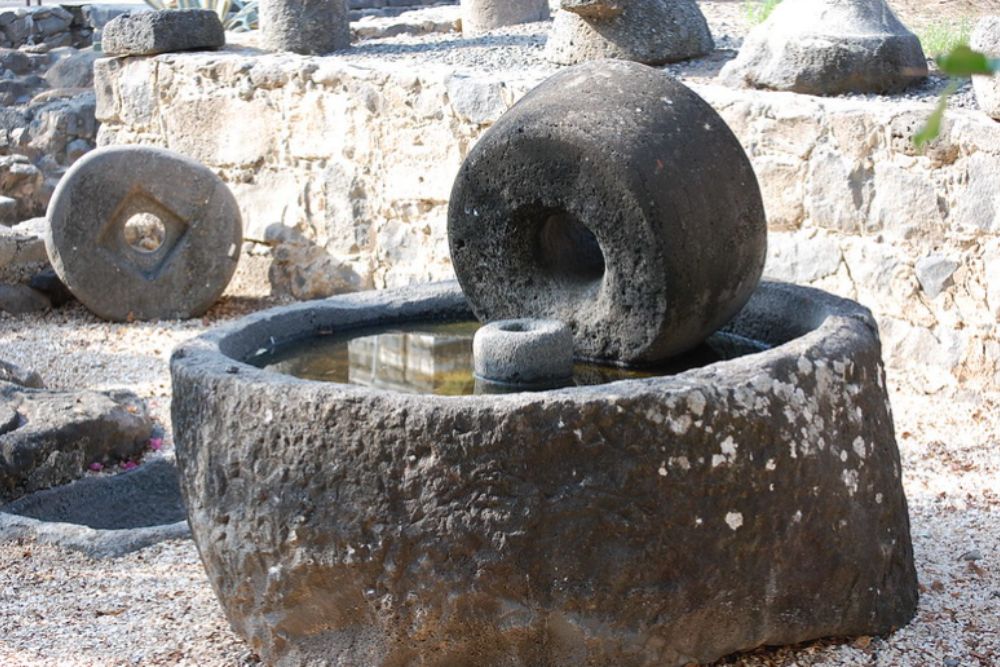
The monastery’s restored olive press facility now serves as both a working production space and a dining venue, where visitors can enjoy meals featuring olive products made on-site.
Tasting menus demonstrate the culinary significance of olive oil in Georgian monastic cuisine, with each course highlighting different pressing techniques and flavor profiles developed over centuries of cultivation.
Like Travel Pug’s content? Follow us on MSN.
Chanter’s Alcove
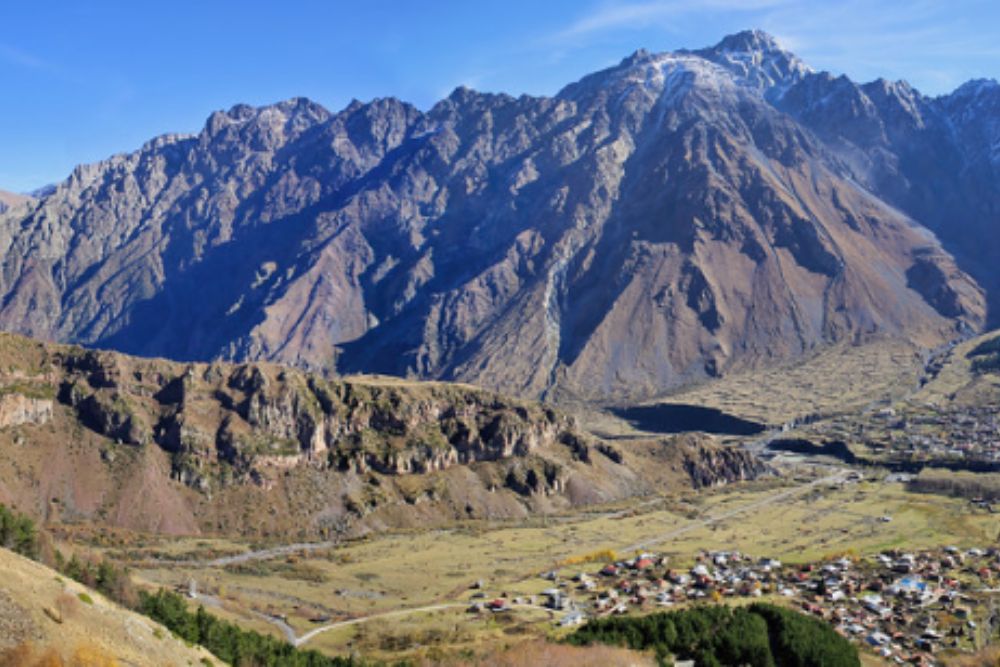
Named for its proximity to where monastery chanters would rehearse sacred music, this unique dining space offers lunch accompanied by recordings and occasional live performances of traditional Georgian polyphonic singing.
The menu features dishes mentioned in folk songs and religious music, creating connections between Georgia’s UNESCO-recognized musical heritage and its culinary traditions.
Monastic Library Café
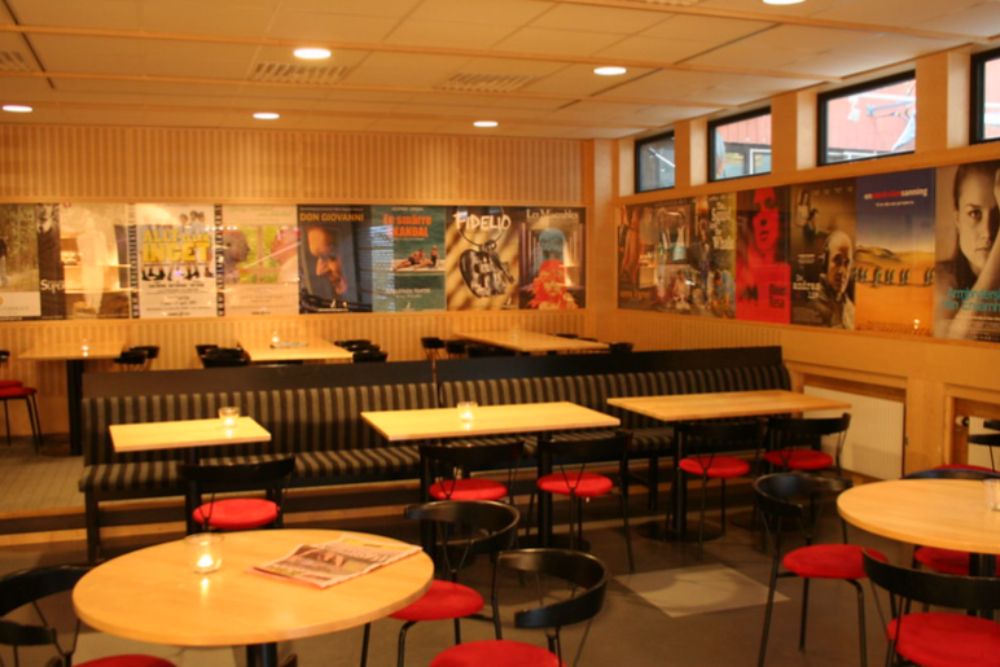
Housed within the monastery’s contemporary library addition, this café specializes in literary-themed offerings inspired by works preserved in the monastery’s collection. Visitors enjoy light meals and traditional Georgian desserts while browsing reproductions of important manuscripts, creating a space where intellectual and culinary nourishment complement each other just as they have throughout the monastery’s history.
Cathedral View Restaurant
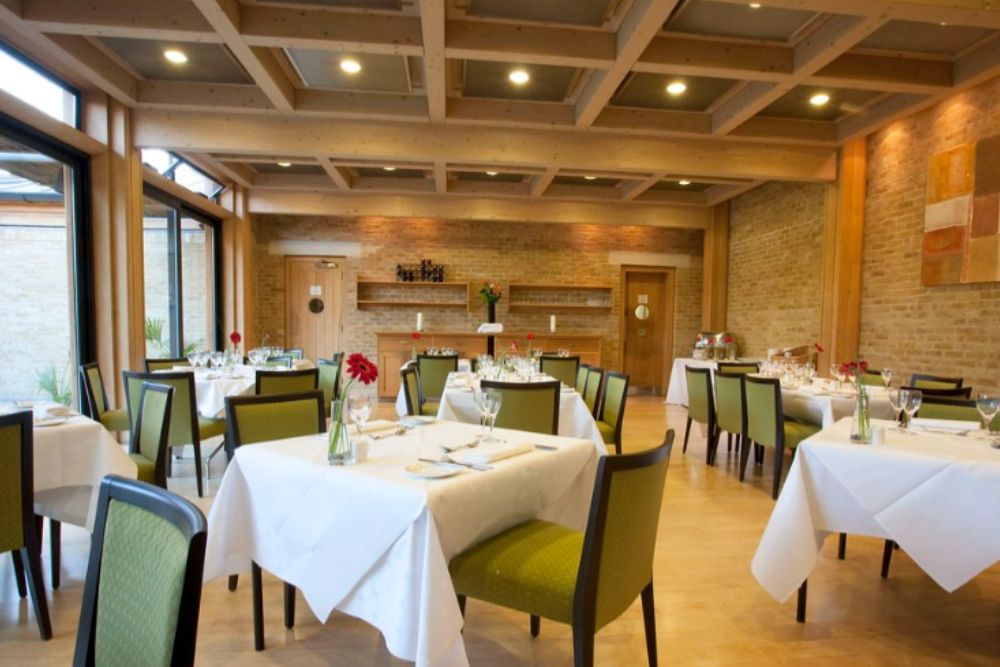
The monastery’s flagship dining establishment occupies a carefully restored building facing the main cathedral. It offers the most comprehensive menu of Georgian regional specialties prepared according to both ancient and contemporary techniques.
Floor-to-ceiling windows frame perfect views of the 12th-century main church, while the kitchen maintains partnerships with local farmers, continuing agricultural traditions established by the monastery hundreds of years ago.
Like Travel Pug’s content? Follow us on MSN.
Preserving Heritage Through Taste
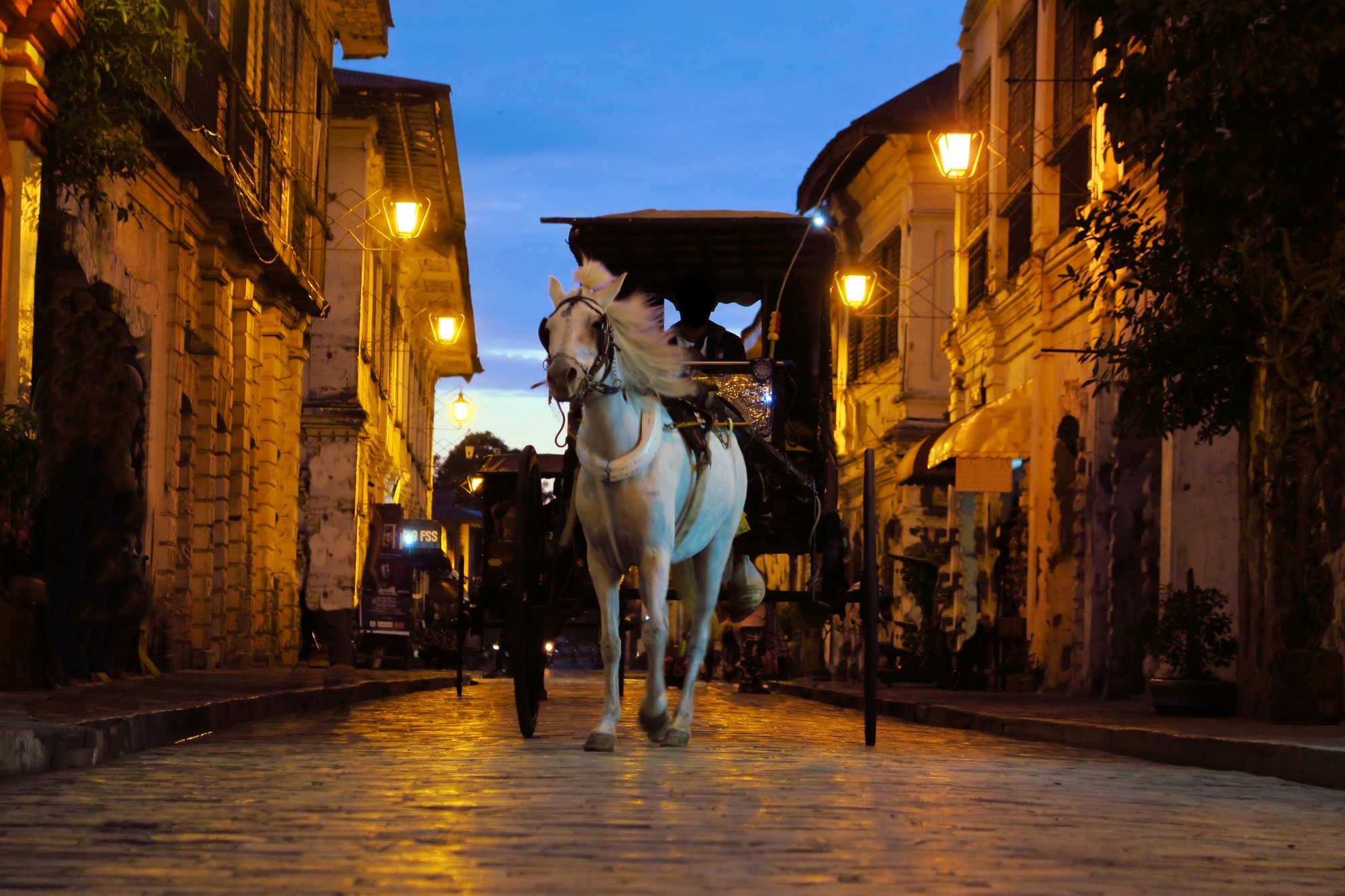
These dining experiences within Gelati Monastery offer more than memorable meals; they provide sensory connections to centuries of Georgian history, spirituality, and cultural development. Through thoughtful preservation and respectful adaptation, the monastery continues its ancient tradition of hospitality while introducing visitors to the rich culinary heritage of the Caucasus region.
Whether enjoying a simple café lunch or an elaborate historical feast, dining within these 12th-century walls creates lasting impressions that honor the profound connections between food, faith, and cultural identity in this remarkable mountain sanctuary.
More from Travel Pug

- Cities Growing so Fast You Won’t Recognize Them in 10 Years
- 13 Destinations Where Tourists Regularly Regret Their Trip
- 20 Obscure WWII Sites Even History Buffs Don’t Know About
- 10 Under-the-Radar Mountain Towns That Are Both Affordable and Beautiful
- 20 Abandoned Places That Feel Like Real-Life Post-Apocalyptic Movie Sets
Like Travel Pug’s content? Follow us on MSN.
